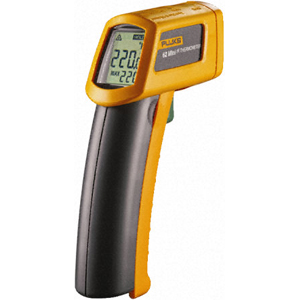HotRod, you're jumping on the wallet quicker than necessary.
First, if your car can't run at 205 degrees then you have a tuning issue. Old car guys get nervous around 200 degrees for some silly reason. There's no need to worry unless the engine can't keep itself under 220 degrees. Yes, that's hot enough to boil water but not when it's under pressure (radiator cap).
You say your car is perfectly timed. Timed to what? An abstract number that someone gave you after reading your build sheet? Maybe it's timed for best performance over a 1/4 mile? If you're timed to performance it's likely okay. If it's times to a guru's magic number it's very likely you're in the ball park but not really perfect.
Now, before you stomp on your wallet and throw cash around needlessly, try a few things first.
Do you have an IR thermometer?

If not, go get one. They can be had cheap through Northern Tool, Harbor Freight, and a ton of other places. They're great for measuring all kinds of things like cooking oil, HVAC, home insulation, heat sources inside the car, and a billion other applications.
Use it to check temps across the radiator. If you do not see a 30 degree drop in temperature from the inlet to the outlet there is a problem.
Shooting different parts of the radiator will tell you if it's in good shape. If there are cool spots you know that area is plugged and service is required.
It can also be used to compare cylinder head temps as well as exhaust manifold temps to identify any part of the engine that may be faltering. Use it to check the carb temp too. As stated earlier, new fuel formulations don't tolerate heat very well.
Grab the temp gun, check those things, and get back with us. Maybe you can figure out the problem without wasting money.


